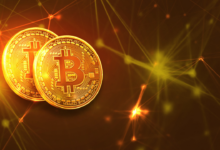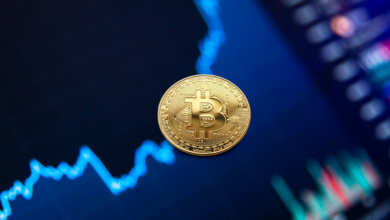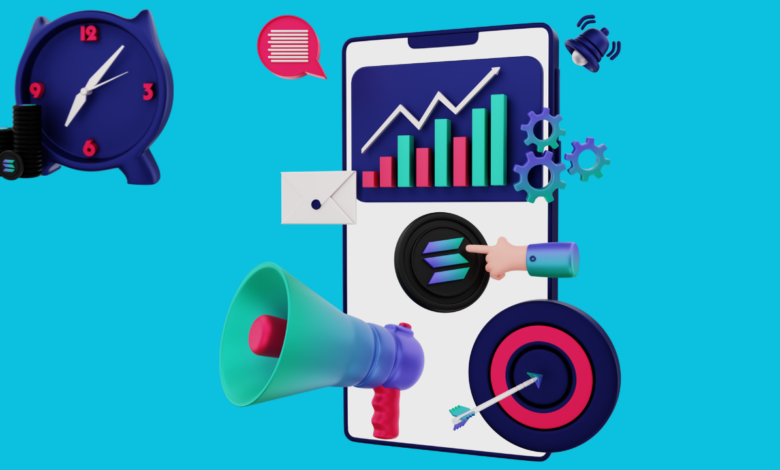
Solana’s ‘Rocky Six Months’
Solana is a high-performance blockchain platform that aims to enable fast and secure decentralized applications (dApps) and transactions. While Solana has been making significant strides in the blockchain industry, it has had its fair share of challenges, particularly in the last six months.
One of the most significant challenges that Solana faced in the last six months was its network outage on September 14, 2021. The outage lasted for several hours, during which the Solana network was unable to process transactions. This incident caused some concern among investors and users, and it raised questions about the platform’s reliability and scalability.

In addition to the network outage, Solana has also faced some competition from other blockchain platforms, particularly Ethereum, which remains the most popular platform for building decentralized applications. Solana’s success depends on its ability to attract developers and users to its platform, and this could be challenging in the face of strong competition.
Despite these challenges, Solana has continued to make progress in expanding its ecosystem and attracting new users. The platform has announced several new partnerships and initiatives, including a collaboration with the Serum decentralized exchange and the launch of the Solana Foundation.
Overall, while Solana has had a rocky six months, it remains a promising blockchain platform with significant potential for growth and innovation. Its success will depend on its ability to address the challenges it faces and continue to innovate and evolve its technology to meet the needs of developers and users.
Other Coins and Trends To Watch
As a language model, I don’t have the ability to predict the future or provide investment advice. However, I can tell you about some current trends in the cryptocurrency market and mention some popular coins that people are currently watching.
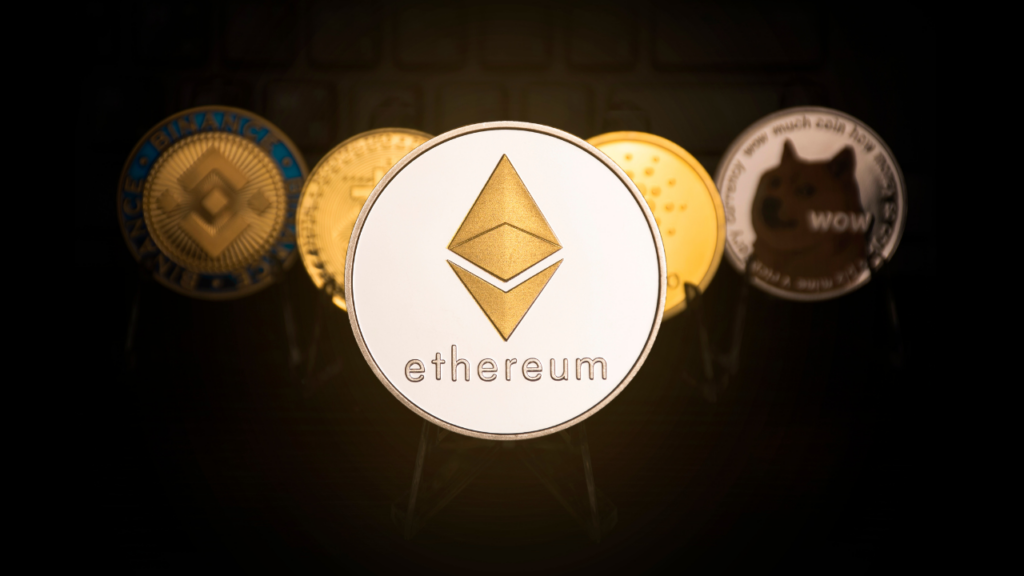
- Non-Fungible Tokens (NFTs): NFTs have been gaining a lot of attention in the cryptocurrency world. NFTs are unique digital assets that can represent anything from artwork to music to tweets. They are bought and sold on blockchain platforms and their ownership is recorded on the blockchain.
- Decentralized Finance (DeFi): DeFi is a growing trend in the cryptocurrency market. It refers to a new financial system built on decentralized blockchain technology. DeFi allows people to trade cryptocurrencies, lend and borrow funds, and earn interest without the need for traditional financial institutions.
- Stablecoins: Stablecoins are cryptocurrencies that are pegged to a stable asset like the US dollar. They are designed to minimize price volatility, making them attractive to people who want to use cryptocurrencies for everyday transactions.
- Bitcoin: Bitcoin is still the most popular cryptocurrency and continues to dominate the market. Its price can be volatile, but many investors see it as a long-term investment.
- Ethereum: Ethereum is the second most popular cryptocurrency and is often used as a platform for creating decentralized applications (dApps). The value of Ethereum is largely dependent on the success of these dApps.
- Cardano: Cardano is a newer cryptocurrency that has been gaining a lot of attention. It uses a proof-of-stake consensus mechanism and aims to provide a more sustainable and energy-efficient alternative to proof-of-work cryptocurrencies like Bitcoin.
Remember that investing in cryptocurrencies can be risky and it’s important to do your own research and seek professional advice before making any investment decisions.
Another Focus: Liquid Staking Derivatives
Liquid staking derivatives refer to a class of financial instruments that allow users to access the benefits of staking cryptocurrencies without having to lock up their assets in a particular blockchain network.
Staking is the process of holding and locking up cryptocurrencies in a specific network to support its security and transaction processing. In return, stakers receive rewards in the form of newly minted coins or transaction fees. However, staked cryptocurrencies are usually illiquid and cannot be used for other purposes until the staking period ends.
Liquid staking derivatives aim to solve this problem by creating a secondary market for staked assets, allowing users to trade them on exchanges or use them as collateral for loans or other financial products. These derivatives are typically created by tokenizing the staked assets, meaning that users can own a fraction of the staked assets and still receive rewards proportional to their holdings.
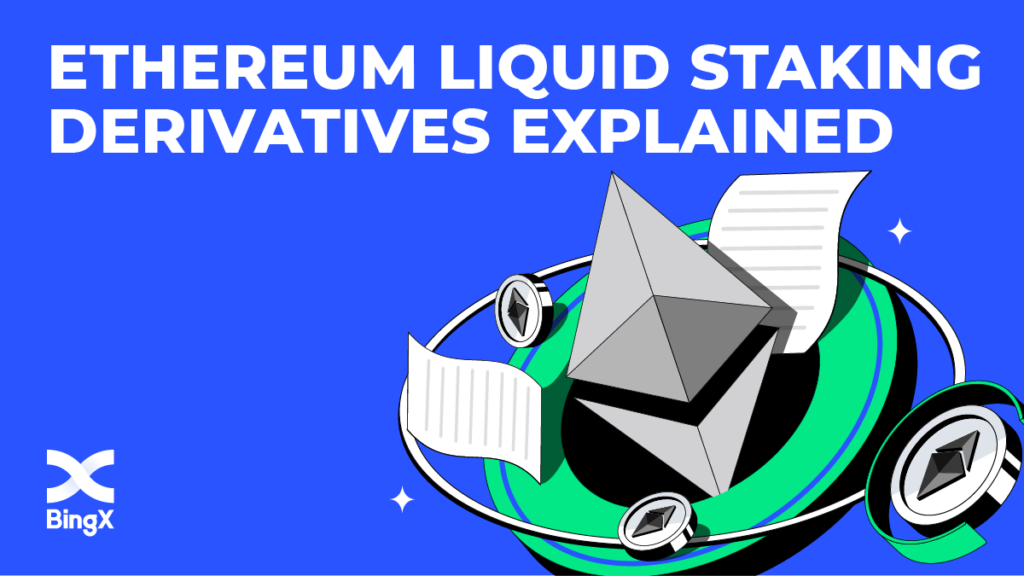
One of the most popular forms of liquid staking derivatives is staked tokens, which are ERC-20 tokens that represent a user’s stake in a particular blockchain network. Staked tokens can be traded on decentralized exchanges (DEXs) or used as collateral for loans or other financial products.
Another type of liquid staking derivative is yield-bearing tokens, which are tokens that represent the rewards earned from staking. These tokens can be traded or used as collateral just like staked tokens, but they do not represent the underlying staked asset.
Overall, liquid staking derivatives provide users with greater flexibility and liquidity when participating in staking activities. However, like any financial product, they come with risks and should be used with caution. It’s essential to do your research and understand the specific risks associated with each type of liquid staking derivative before investing.
Layer 2, RWA and More
Layer 2, RWA, and more are concepts related to computer networking and telecommunications. Here’s a brief explanation of each term:
1.Layer 2:
Layer 2, also known as the Data Link Layer, is the second layer in the Open Systems Interconnection (OSI) model of computer networking. It is responsible for the reliable transfer of data between adjacent network nodes and provides error detection and correction mechanisms.
2.RWA:
RWA stands for Routing, Wavelength, and Assignment. It is a process used in optical networks to route data between different nodes using different wavelengths of light. RWA involves finding a path between two nodes that has sufficient bandwidth, determining which wavelength to use for the data, and assigning that wavelength to the connection.
3.More:
“More” is a broad term, but in the context of networking and telecommunications, it could refer to a range of other concepts such as:
- Quality of Service (QoS): A set of mechanisms that prioritize certain types of data traffic over others in order to ensure a certain level of performance and reliability.
- Multiprotocol Label Switching (MPLS): A technique used in packet-switched networks to efficiently route data packets based on labels instead of traditional routing tables.
- Virtual Private Network (VPN): A technology that allows users to create a secure and private network connection over a public network, such as the internet.
- Software-Defined Networking (SDN): A networking architecture that separates the control plane and data plane of network devices in order to simplify network management and improve flexibility.
- Internet of Things (IoT): A network of interconnected devices and sensors that can collect and exchange data in order to automate and optimize various aspects of daily life.
Focus on Utility
Utility is a concept that refers to the satisfaction or happiness that an individual derives from consuming a good or service. In economics, utility is used to measure the level of satisfaction that a consumer receives from a particular product or service. The concept of utility is important in understanding consumer behavior and decision making.
One key aspect of utility is that it is subjective and varies from person to person. What one person finds satisfying or useful may not be the same for another person. For example, one person may find a particular brand of coffee to be very satisfying, while another person may not like it at all.
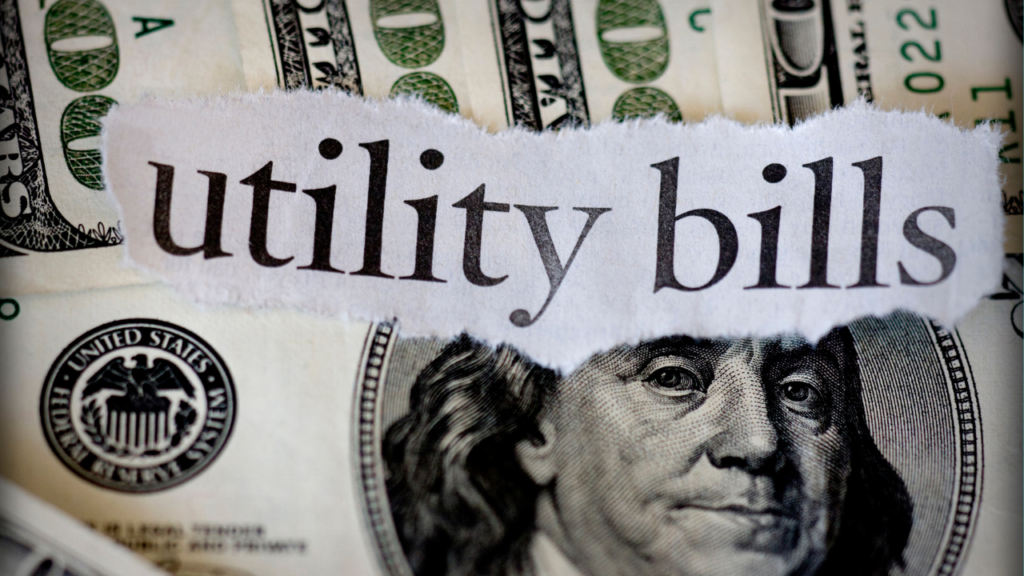
In addition, the level of utility that a person derives from a product or service may change over time. For example, a person may initially find a new video game to be very satisfying, but over time, the level of satisfaction may decrease as they become more familiar with the game.
To maximize utility, consumers must make choices based on their preferences and the available options. This is known as rational choice theory. Consumers will typically choose the option that provides the greatest level of utility given their budget constraints and other factors.
Understanding the concept of utility is important for businesses as well. Companies that can provide products or services that offer high levels of utility to consumers are more likely to succeed in the marketplace. Additionally, companies can use the concept of utility to develop marketing strategies and pricing policies that appeal to consumers’ preferences and maximize their satisfaction.


